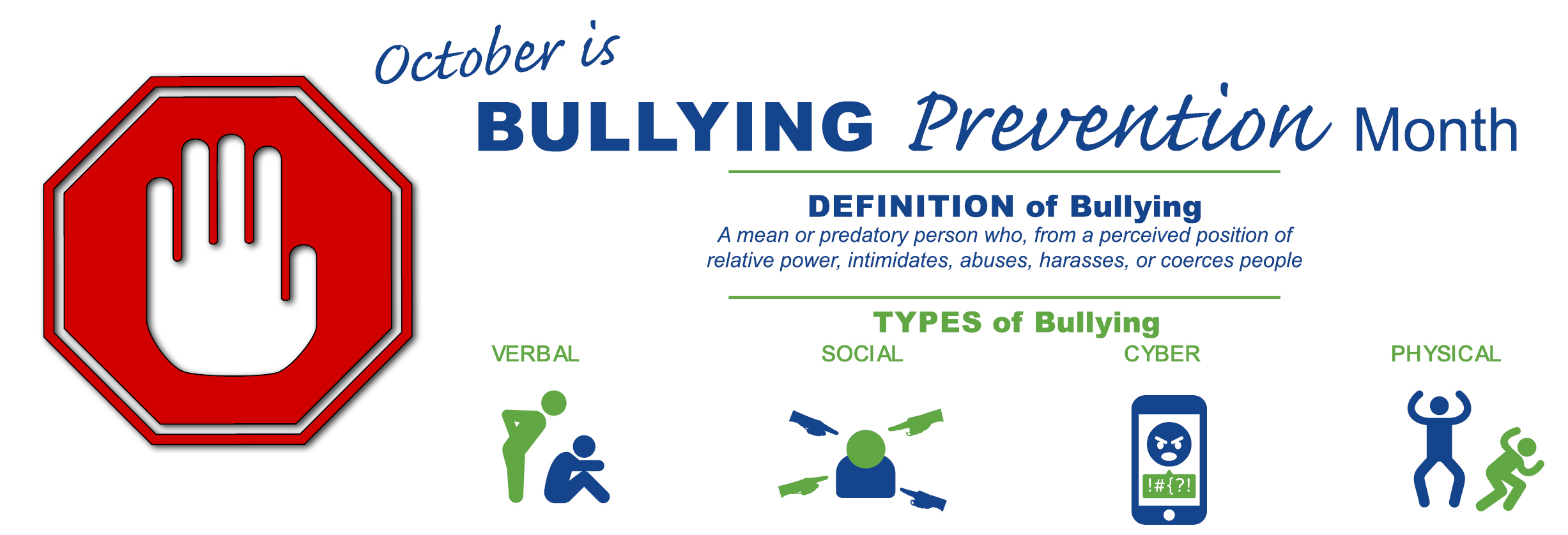
Bullying isn’t just a big kid stealing a smaller kid’s lunch money. It takes on many different shapes and sizes. It might be a group of middle-schoolers making mocking videos of a classmate on TikTok, or a workgroup in history class all pretending not to hear the contributions of one member, or writing something cruel on a lunchroom table.
Bullying can be physical, social, verbal, and increasingly digital, with the prevalence of technology everywhere. At its core, bullying is about an imbalance of power, and the abuse of that power by those who have it in a way that’s hurtful to those who don’t. National studies say that about one in five teens experiences bullying in any given year—and that’s just in school.
The negative effects of bullying aren’t confined to the victims, either. Bullies themselves are more likely to engage in risky, dangerous, violent behaviors as they grow up, and kids who witness bullying are more prone to face mental health challenges. In short, with bullying, everyone suffers.
That’s why it’s so important that everyone stands up to put a stop to bullying. Whether you’re a parent, a teacher, a child or teen, or just someone with eyes and ears, you have a role to play. Pay attention, foster communication, set a good example, and most importantly, take action if you see something wrong.
We have a zero-tolerance for bullying, and our schools are the front line for our efforts. More information is available in our student handbooks (Click here for Neil Hellman School, click here for School at Northeast).